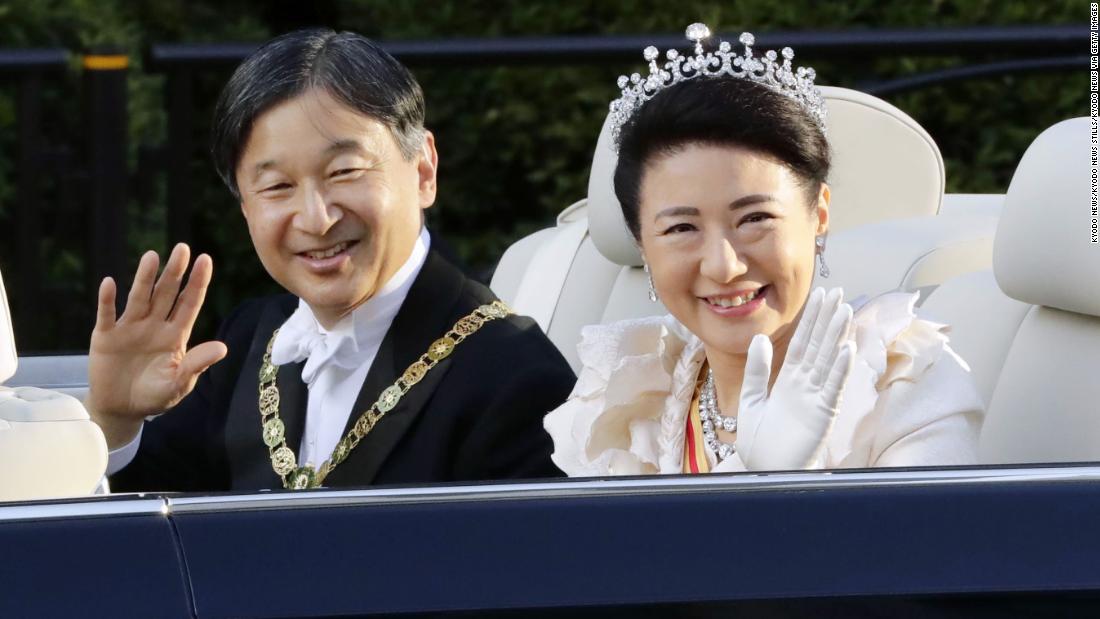Encontré este video, es la primera vez que escucho de este ritual llamado “El Daijosai”
Comentarios? Alguien sabe más?
Esta de más decir que me parece patético, machista y retrógrada. Se gastarán un dineral, en dos doncellas y la construcción de paredes d e madera carísimas que al final del ritual son quemadas! Todo eso para el ritual en que Naruhito tendrá “relaciones sexuales” con la diosa del sol para elevarlo a un nivel divino...
Última edición:











